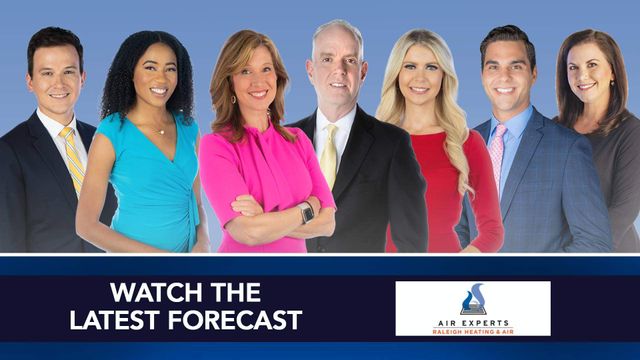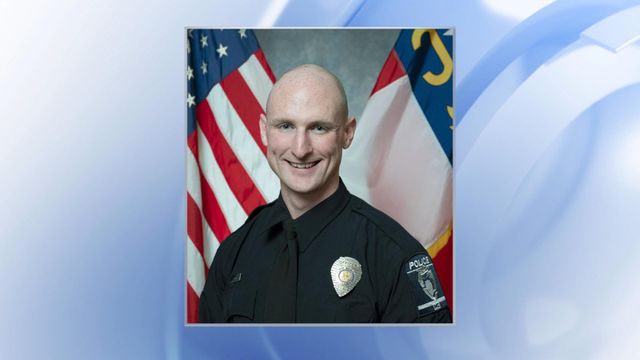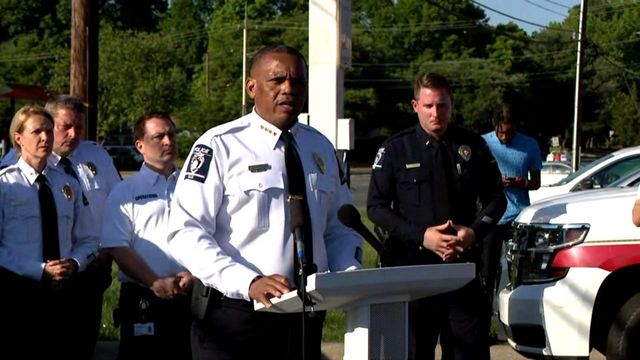Campbell University helps educate kids about COVID-19 through cartoon flipbook

This article was written for our sponsor, Campbell University School of Osteopathic Medicine.
When reflecting on the major impacts of COVID-19, school shifts to virtual learning earns a spot near the top of the list. While older students in high school and middle school are able to more easily grasp why they can't gather in the hallways like they used to, younger children and those who are differently abled may struggle understanding. For parents, that leaves a lot of explaining to do.
At Campbell University, two students used their time over the summer to break the pandemic down into a digestible format for kids. What started as a social media campaign quickly picked up steam and eventually developed into an animated story and flipbook that's been shared with schools across the state.
"This was not my project — this was all my students," said Dr. Andrea Mann, chair of Pediatrics at Campbell University School of Osteopathic Medicine. "In fact, I heard about it after they had already done it. They sent me an email and said, 'Look at what we did,' and I was blown away."
The two students, Kayla Distin and Jack Thomas, were able to use funding the school received from the CARES Act to finance the printing portion of the project, and with the help of Dr. Joe Cacioppo, chair of Community and Global Medicine and associate professor of emergency medicine at the school, the students wrote the content themselves.
Additionally, the book's illustrator offered their services free of charge, and the animation for the video of the book was done by a Campbell University employee, Charles Phillips.
Both Distin and Thomas are members of the school's Exceptional Camels Interest Group and have a special interest in helping children who are differently abled. In writing the book, they curated the content specifically towards these students.
"The book is a social story, which is a term for a tool that's used to help individuals who struggle with navigating social norms — and particularly patients who have autism spectrum disorder. These stories illustrate problems, and they walk through the appropriate ways to manage them," said Mann. "The goal is to give these patients a sort of model by which to behave and function within social norms, so the idea of this flipbook was to be a helpful social story."
The story begins by explaining many kids across the country have had to make changes to their daily routine, then segues by breaking down what coronavirus is and the steps kids can take to join the fight against the virus, including washing hands, wearing masks, and staying home.
And what better way to help children understand a complicated concept like a worldwide pandemic than with the help of familiar characters?
"The book uses superheroes to demonstrate why we're wearing masks — just like superheroes do, you know? Kids think the superheroes are cool, so they see them as something to emulate. There's not a kid on the planet who doesn't want to be a superhero, so they can really relate to that and it makes them feel more comfortable with it," said Mann. "A lot of kids equate masks with something that might be bad or evil, but now we can frame it as a way to join in and become a superhero, too."
For those interested in watching the animated story, the full version can be found on the Campbell University School of Osteopathic Medicine's YouTube page. The school is also working to print more copies of the flipbook and distribute it to local educational institutes in both English and Spanish in order to make the material accessible to students who may not have access to the internet.
Neither Distin nor Thomas — or Mann, for that matter — anticipated the response they'd receive to the book, but it's opened doors for the school to share their expertise with the community and encourage more input from student leaders.
"This was all self-directed. Any time you have student leaders who step up and demonstrate that you could do something like this and that it can have such a huge impact, then other people look up to them and see that there's also room for them to recognize needs and take action," said Mann. "I don't think they really imagined where this would go, and these students weren't in it for any other reason than to help people."
"Even if it had affected only just a few people, that's great," she finished. "But this has taken off more than they would have ever anticipated."
This article was written for our sponsor, Campbell University School of Osteopathic Medicine.











